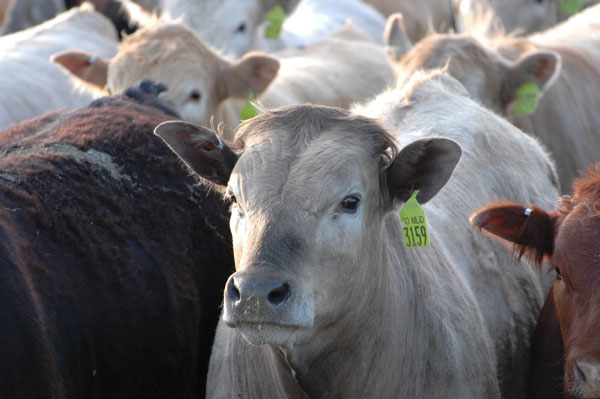Better beef quality drives stability in demand
Producing high quality cattle has kept consumers happy and beef on the table.
September 17, 2020

Veteran cattle industry marketing expert, Randy Blach, CEO of CattleFax, credits the quality movement as the reason behind the stability seen in the cattle industry in the past 20 years. Blach told listeners on the virtual Feeding Quality Forum recently hosted by Certified Angus Beef (CAB) that “Consumers have voted with their pocketbook,” and confirmed consumers are willing to pay for the quality product the industry is successfully producing today.
In his deep dive of ‘Learning from the past as we look to the future,’ Blach explained cattle inventory numbers have rebounded due to profitability and good grazing conditions in the past two decades, but recognized “we lost 400,000 producers from 1974 to 2002 – a trend that is not sustainable for an industry.”
From the highs of 130 million head produced in 1975 to today’s production of 90 million head, the industry has stabilized after the financial hardship of the 80s and the prolonged drought from 2008-2013. “Four industries (cow-calf, stocker, feeder, packer) had to split on average $32 per head profitability from 1980-1998. It’s no wonder we lost producers, cattle numbers declined, and we had consolidation of feeders and packers,” said Blach.
Herd size gradually climbed again, but it’s the productivity gains that are telling the greatest story, the economist emphasized. Carcass weights have increased 250 pounds over 40 years at a rate of about 5 pounds year since the late 70s.
“About 75% of the cowherd decline has been offset by increased carcass weights.” The driver behind this has been genetics and production efficiencies. “Since the 2006 cycle highs, there are 900,000 fewer beef cows but 1.2 billion more pounds of beef produced.”
When the cowherd retracted due to drought, slaughter capacity also declined. The largest fed cattle slaughter in history occurred in 2000. Currently, fed cattle supply numbers are bouncing back but packing capacity has not.
“This is creating a bottleneck in our industry,” he said. “The industry needs more harvest capacity. We won’t grow the nation’s cowherd until we are able to increase our harvesting capacity.”
During his time closely monitoring the industry trends, Blach says the greatest change he has witnessed is the shift from a supply-driven market to a demand-driven market. He emphasized the industry was reeling from the pressure, which began in 1980, to address the attacks on red meat claiming its contribution to an unhealthy diet – one high in fat and cholesterol, which proved to be a flawed argument. This, doubled with reports indicating one out of every four steaks eaten by consumers was a disappointment, cut demand for beef in half from 1980 to 1998.
The industry had to fight to regain consumer confidence. Decisions made across the industry to shift to a higher quality product has now created the demand that is driving growth.
“We are now focused on producing the good stuff – we are in a quality movement.” Producers met this challenge by focusing on more black-hided cattle in the mix, higher quality genetics and aimed for grid-marketing targets paying for quality products.
2020 estimates show 82% of the cattle harvested will grade Choice or Prime, up from 56% in 2005. “Demand growth has added about $240 per head to the value of cattle.” Blach cautioned producers that if the industry goes back to play in a commodity market, they will lose. “The focus must be on taste, tenderness, nutrition for the industry to win.”
Blach noted there is a lot more money in the industry in the last 20 years than the two decades prior to that mainly due to demand as the driving force. Recent growth in beef spending has been greater than the combined total of pork and broilers. Beef has gained 6-7% more of the U.S. market share of consumer spending in the last 20 years.
Export demand has also been positive for the industry. CattleFax believes exports of beef and beef by-products add $350 per head to the value of an animal. With the anticipated global population growth and beef’s quality message, CattleFax estimates by 2030, the added value per head could rise to $500.
However, Blach said, “If we are going to do that – we are going to have to be able to check the boxes on the attributes (that) export customers may be asking for like source verification, traceability, etc.” He challenged the industry, “Are we willing to do so to increase global market share and presence?” As an industry that produces 75-80% of all the grain-fed beef on the planet, Blach believes continuing to listen to consumers will mean a bright future.
B. Lynn Gordon is a freelance writer from Sioux Falls, S.D. The opinions of the author are not necessarily those of beefmagazine.com or Farm Progress.
You May Also Like


.png?width=300&auto=webp&quality=80&disable=upscale)
